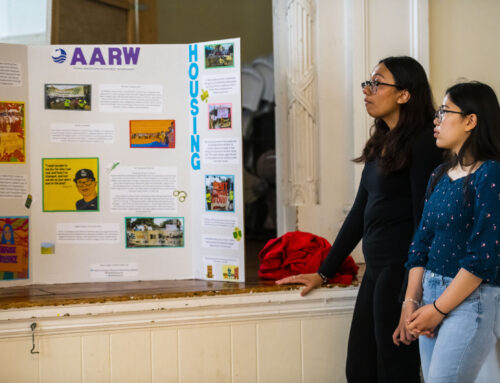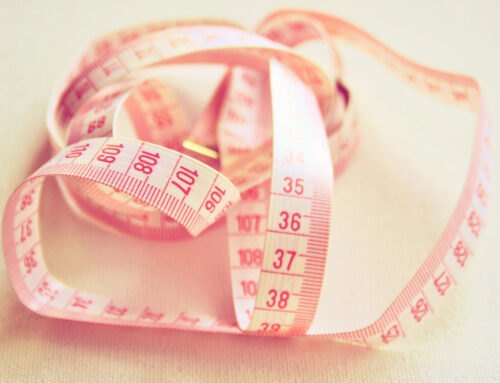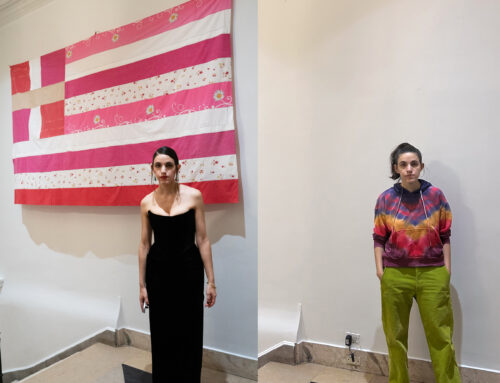Style and clothing are some of the most commonly utilized avenues to communicate how you feel and who you are, without speaking. The fabric, belts, and accessories we wear help create a character and an aesthetic. How you dress is an integral part of the person you are and come across as. Fashion is revealing. Clothing can reveal an individual’s story and act as a wordless method of communication.
And of course, our fashion choices fluctuate with age and physical body changes. As we enter our 20s, we may find ourselves drawn to business casual outfits and professional wear for job interviews and first-days at work. Fashion tastes are said to become safe and possibly more conservative as individuals age. There’s no denying that we do look different as we get older. However, body, and hence clothing, changes not exclusively come from aging; rather, fundamental differences in one’s anatomy can also arise after individuals undergo medical procedures and treatments.
Let’s examine mastectomies, for example. Mastectomies involve the surgical removal of the whole (or parts of the) breast. This type of surgery is used to remove all breast tissue if an individual is detected to have breast cancer or is at very high risk of developing it. It’s a radical surgery resulting in significant changes to an individual’s body. Following surgery, some women may elect to undergo breast reconstruction whereas others choose to “go flat,” meaning to leave the breasts removed. In fact, about 25% of double [both breasts] mastectomy patients and 50% of single [one breast] mastectomy patients choose to stay flat after the surgery.
Women are no strangers to experiencing bodily changes. As teenagers, we watch our bodies alter in depth and dimension, undergo puberty, and respond to hormones for the first time. As teenagers, we wear clothes with a kind of precision, caring about the pieces we choose to clothe ourselves in. For those who’ve been pregnant, change hits once again. The extra ten-pounds is no myth and women opt for clothing choices that accentuate their baby bump and prioritize comfort.
Clothes have been designed to help empower women undergoing puberty and pregnancy. Yet, women fighting breast cancer and mastectomies are faced with limited clothing options — because feminine clothing is not built for uneven chests. Because feminine clothing does not make room for tubes emerging from lower backs or output bags attached to breasts. In recent years, however, women are increasingly seeing more encompassing options for breast surgery and recovery-friendly clothing.
Many survivors of breast cancer and individuals who understand what it feels like to lose a portion of their body have gone on to create inclusive clothing brands. Dana Donofree, who was diagnosed with Stage One Breast Cancer at 27 years old, fought through treatments and surgery, and ultimately founded AnoOno, a line of bras and loungewear designed for surgical recovery, radiation therapy, and post-surgery comfort. “We make bras for two breasts, no breasts, and new breasts,” said Donofree.
Sonya Keshwani, who has always loved dressing up, was diagnosed with Stage One Breast Cancer and had to undergo chemotherapy, resulting in complete hair loss. “What no one tells you about hair loss is that it makes your scalp really sensitive and painful,” she said. After experiencing this discomfort, she created the company StyleEsteem Wardrobe, which sells a collection of stylish and colorful headwraps.
Breast surgery and hair loss do not make an individual any less of a woman. Inclusive clothing brands, like AnaOno and StyleEsteem Wardrobe, define what it means to be a survivor. They’re beautiful, powerful, and empowering. They spark conversation and create products that cater to some of our society’s strongest, bravest fighters. They show survivors that they are not alone, and that they don’t have to sacrifice their style or identities.




